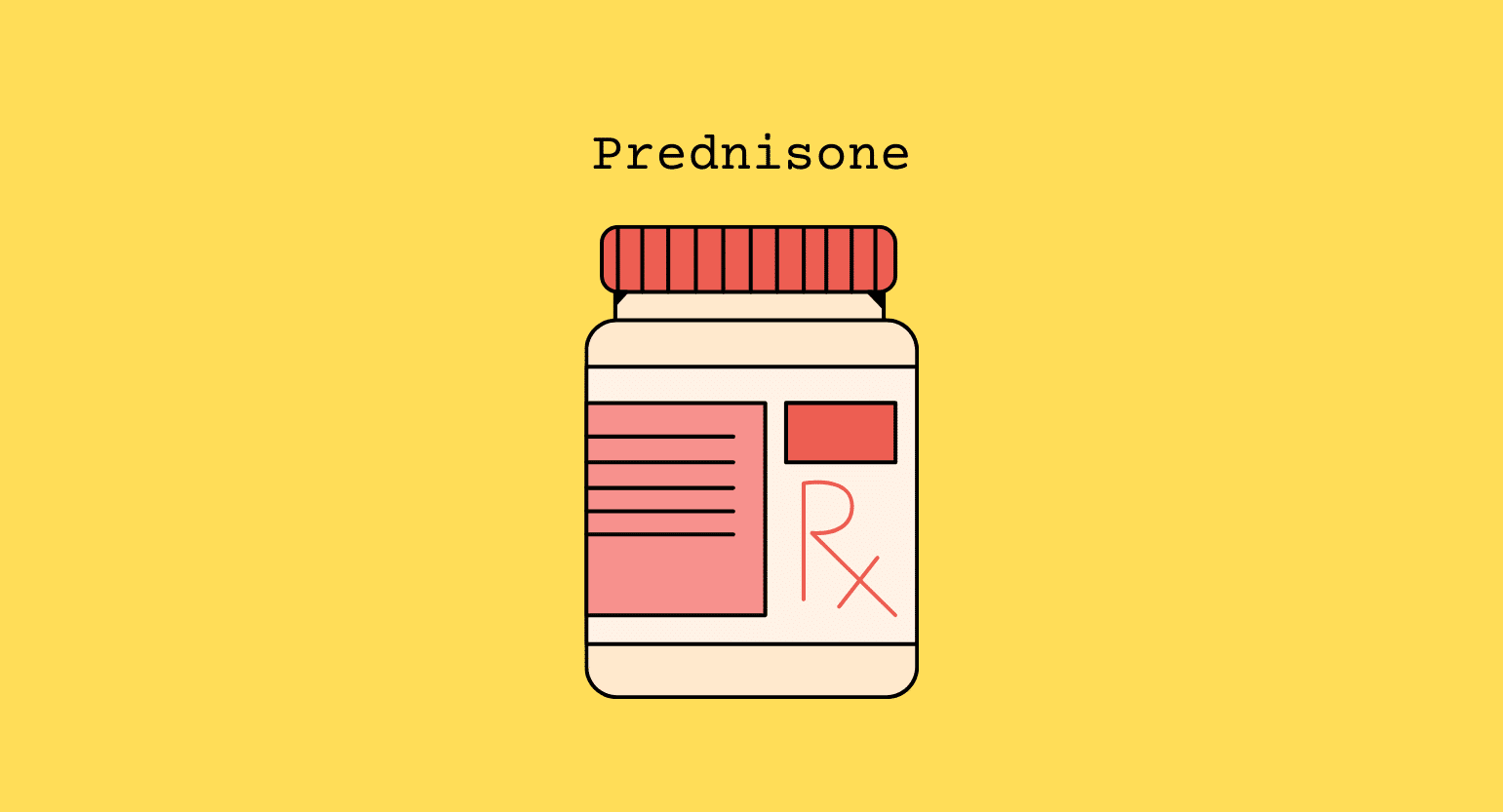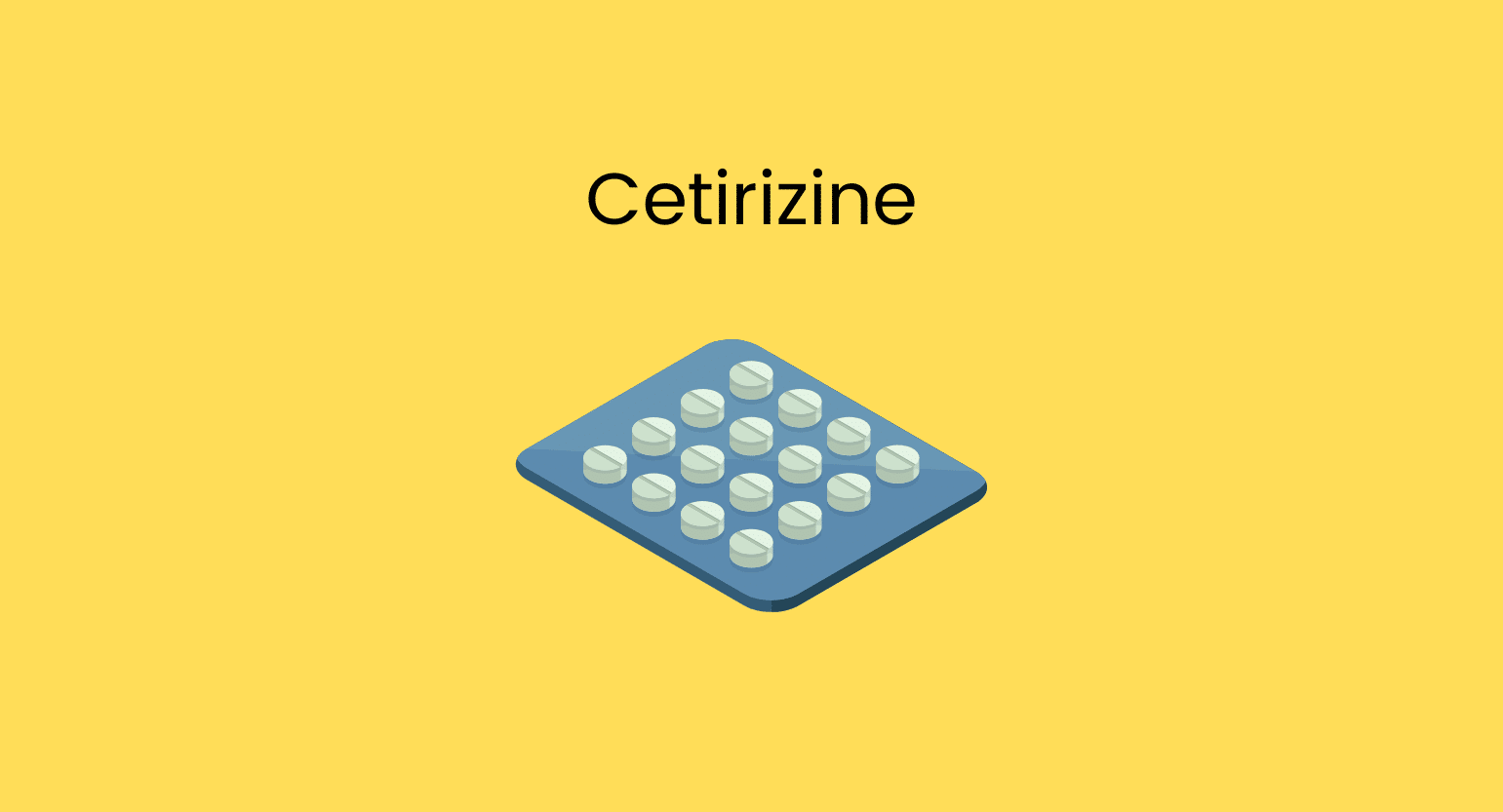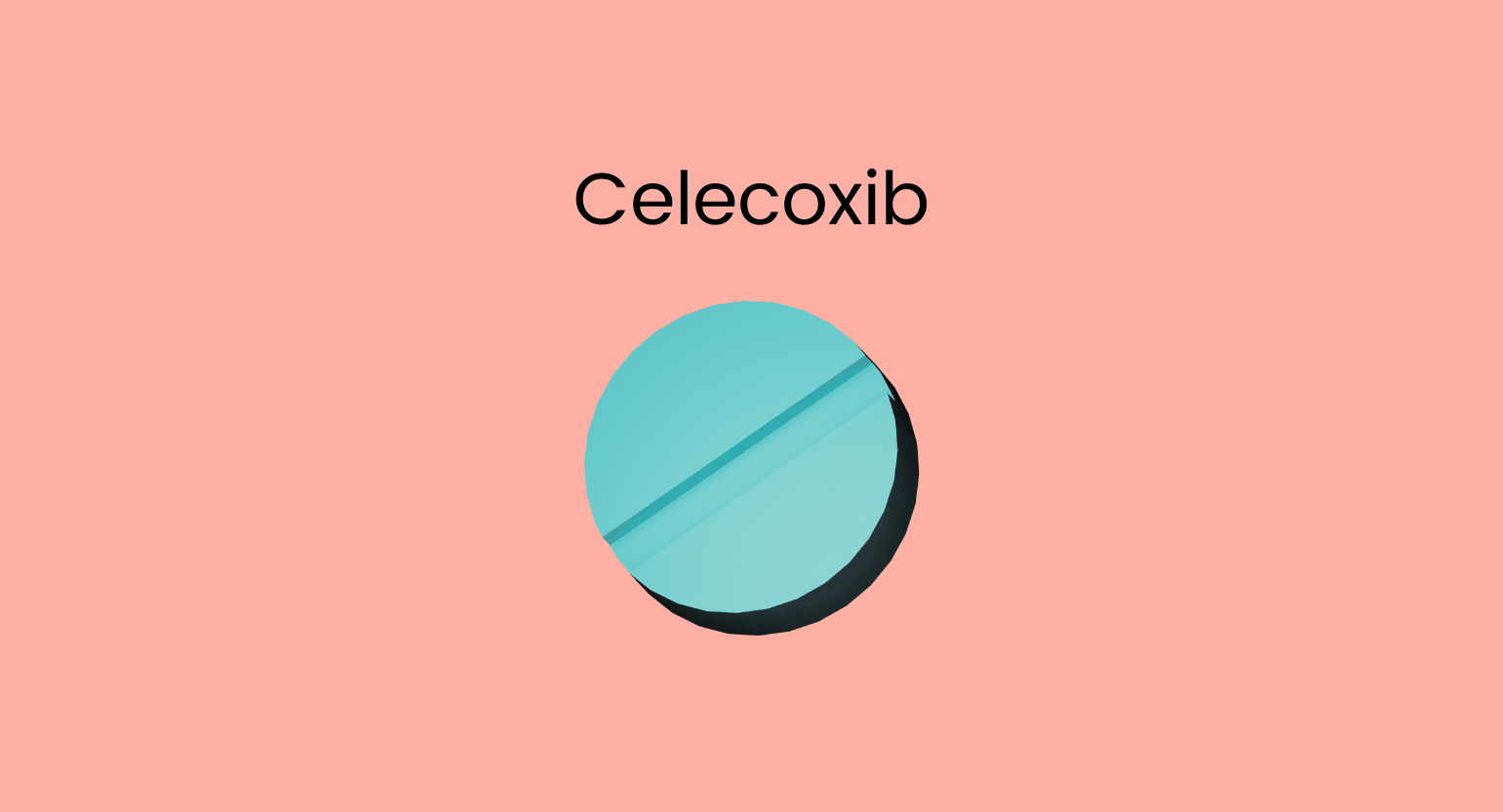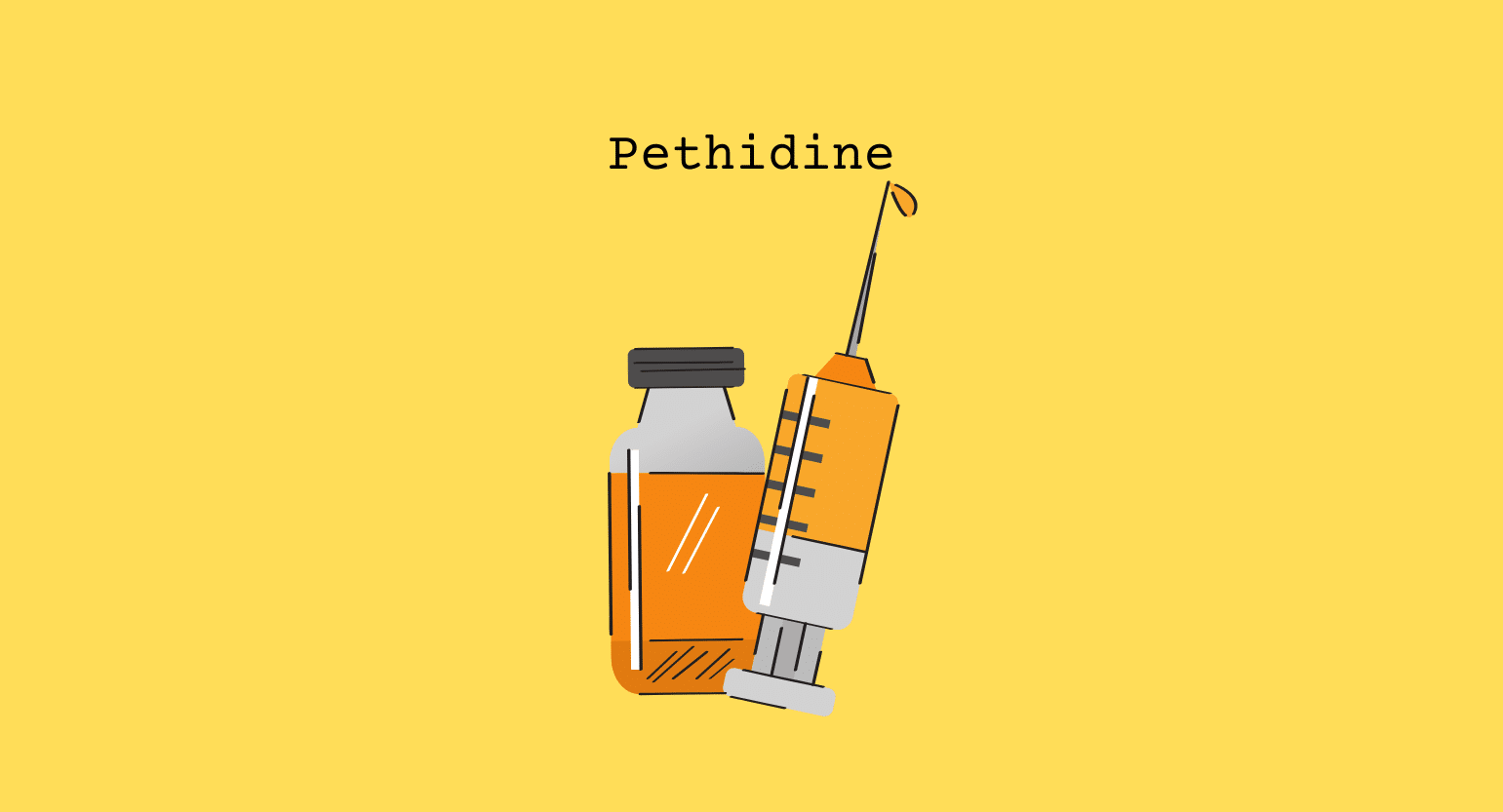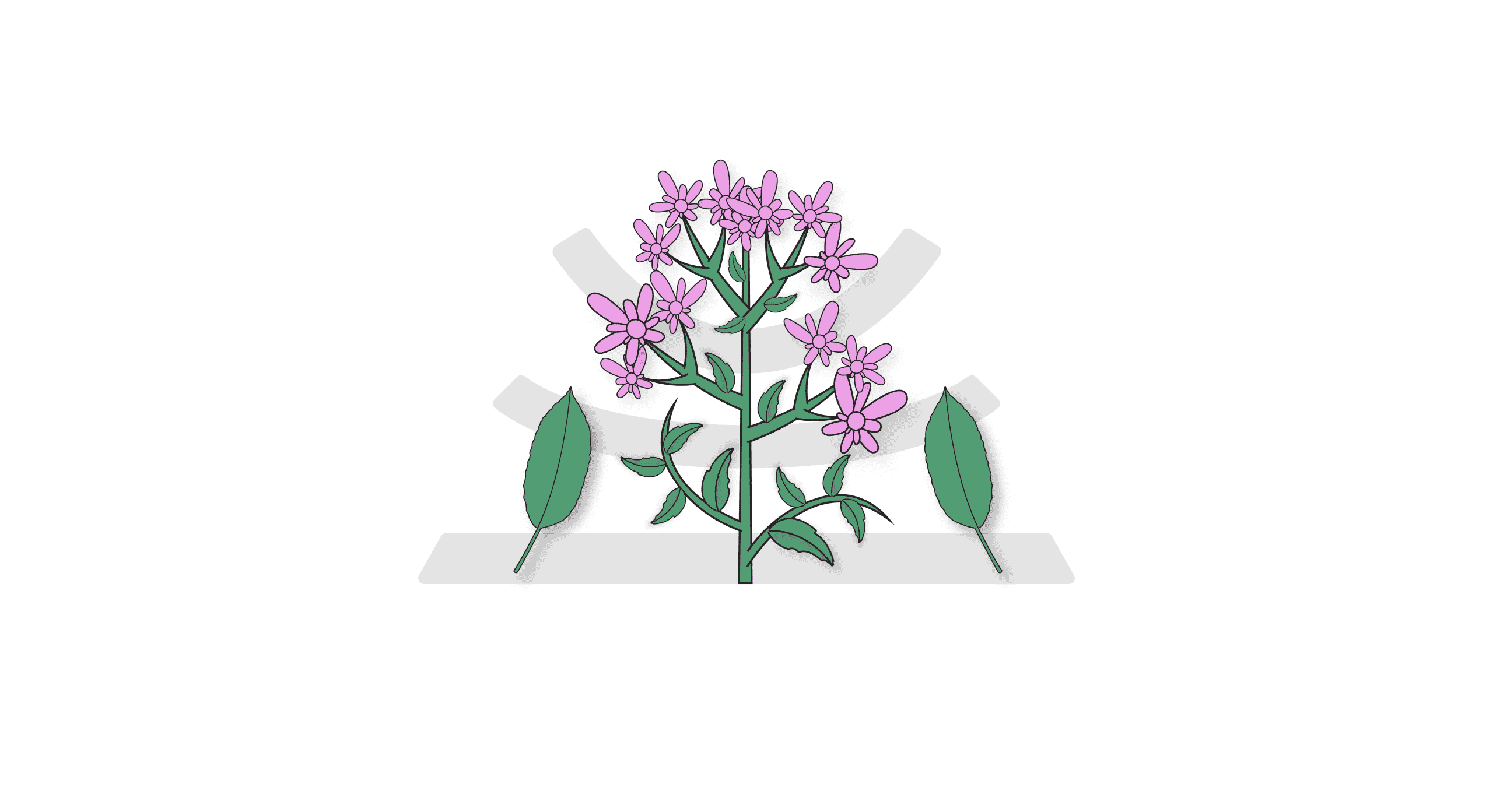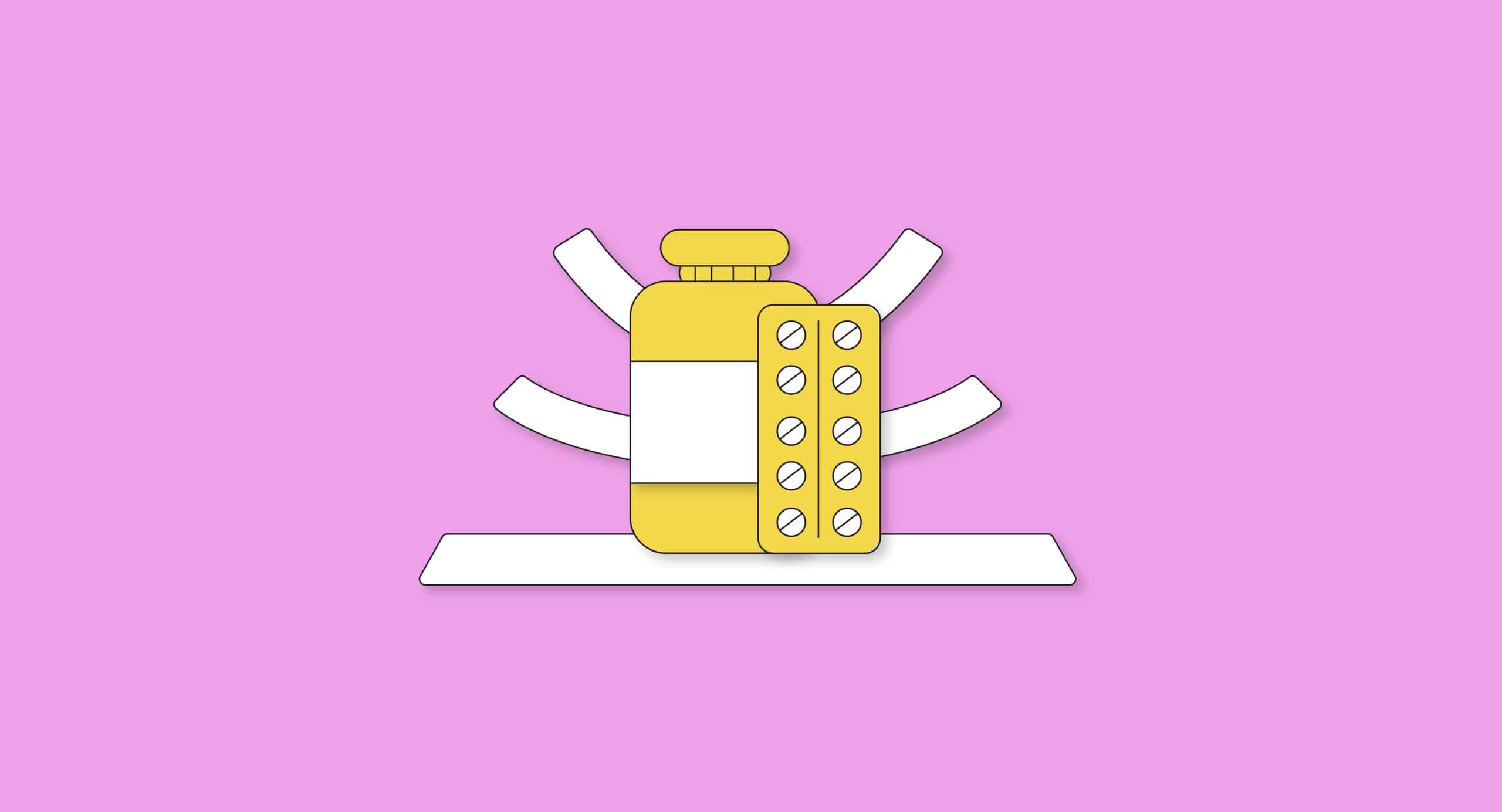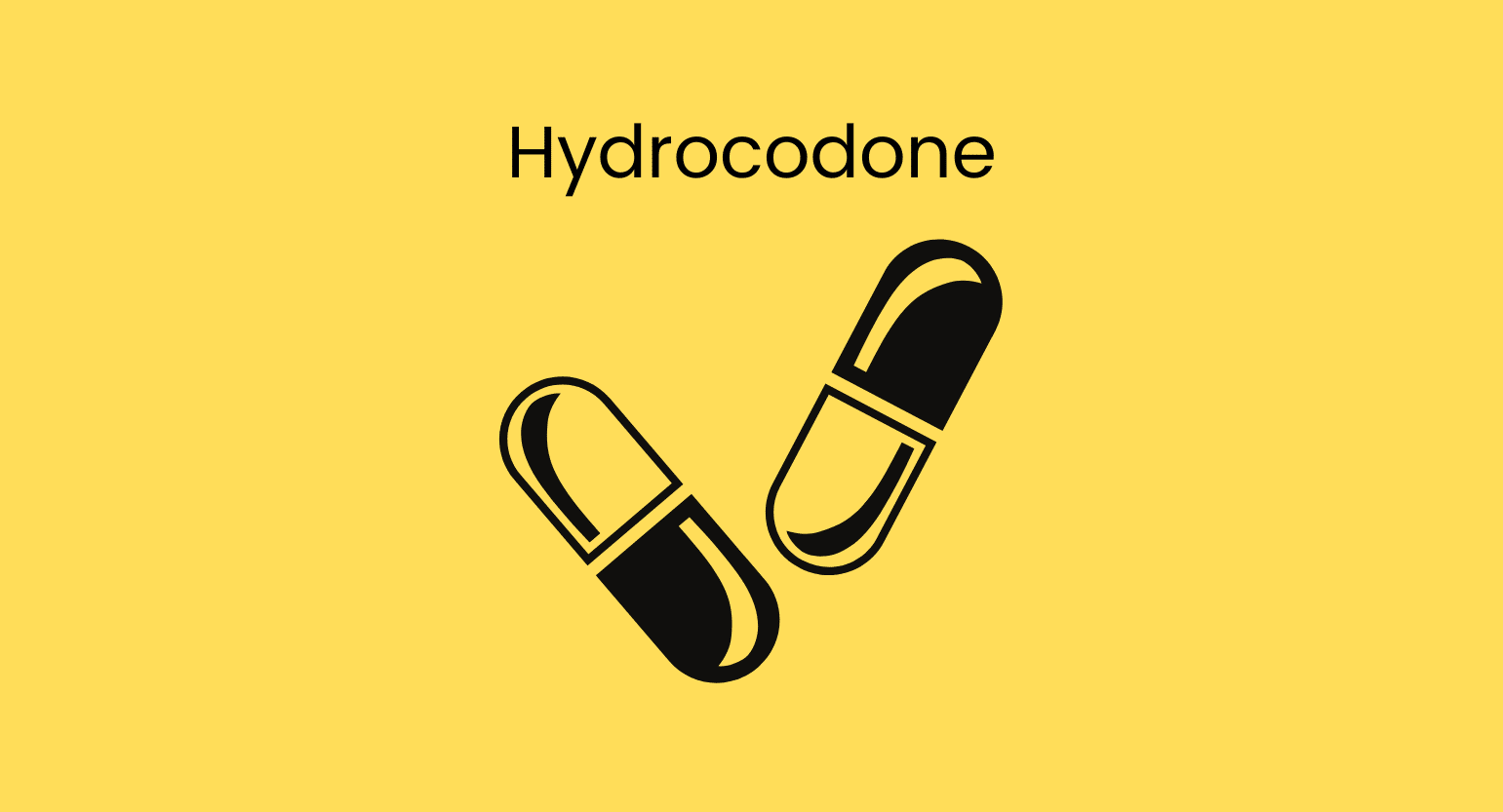Does Kratom Interact With CBD?
Kratom and CBD don’t interact directly, but the two substances share some of the same resources, making them metabolic competitors. The safest route is to talk to your doctor before using them together.
The body processes kratom primarily through the action of three enzymes: CYP3A4, CYP2D6, and CYP2C9 [1]. These enzymes work to break down kratom into its constituents so the body can use the products and remove the waste. This process takes up to 48 hours to finish.
CYP3A4 also metabolizes CBD, and this is where the potential problem arises [2]. When the same enzyme metabolizes two drugs, they can accumulate over time, leading to potentially toxic concentrations despite ordinary intake volumes. This is especially insidious because most people don’t realize they’re slowly overdosing since they’re taking their usual dose.
Metabolic competition is problematic when the substances in question are taken often. Unfortunately, many people take kratom and CBD frequently, and some take both daily. In these cases, it is possible to unknowingly wind up with extremely high concentrations of both kratom and CBD in your system.
With that said, it’s very likely safe to take kratom and CBD together (with caution) for their synergistic effects in the short term. Many users have used both compounds together for several days without severe side effects, but it’s best to take a break from both to allow your body to dispose of any residual build-up.
Furthermore, direct interactions between kratom and CBD are virtually non-existent. Kratom interacts with the body primarily through the body’s opioid receptors, while CBD reacts with the endocannabinoid system. These systems are distinct, meaning taking CBD and kratom together most likely won’t cause dangerous effects. In fact, most users find the synergy quite pleasing.
Kratom & CBD Interaction Chart

| Compound Name | Cannabidiol (CBD) |
| Classification | Cannabinoid |
| CYP Metabolism | CYP3A4 |
| Interaction with Kratom | Metabolic competition |
| Risk of Interaction | Low |
CBD is classified as a cannabinoid, which means it is derived from the Cannabis sativa plant and interacts with the body’s endocannabinoid system. There are over 100 identified cannabinoids, and each poses a similar risk when taken alongside kratom since the same enzymes are responsible for breaking down concentrations in the body.
Other cannabinoids kratom may interact with include:
- Tetrahydrocannabinol (THC, delta 9 THC)
- Delta 8 THC
- Delta 10 THC
- Cannabigerol (CBG)
- THC-O
Is it Safe to Take Kratom With CBD?
Taking kratom with CBD is probably safe if you don’t take them together for long periods. However, we need to emphasize the “probably.” These compounds haven’t been studied thoroughly, especially when combined. Check with your doctor to be sure.
The primary risk of combining kratom and CBD is metabolic competition, which leads to slowly building concentrations of both substances. It can be challenging to notice the effects of increasing levels until it’s too late, making it best to avoid taking them together whenever possible.
Kratom and CBD don’t have the same pharmacological effects and don’t interact through the same channels in the body, making it unlikely that their effects will stack and cause problems. However, some research suggests that central nervous system suppression could be an issue if you take large quantities of both CBD and kratom and consume alcohol simultaneously.
You should consult your doctor before combining any drugs, including relatively safe ones like CBD. This is especially important if you take other medications.
What is CBD?
CBD is one of over 100 cannabinoids found in the Cannabis sativa plant. Unlike THC, CBD is not psychoactive, meaning it doesn’t produce a high. However, CBD offers many of the same health benefits as THC, making it popular for relieving pain and anxiety.
Hemp-derived CBD is legal in the United States at the federal level as long as it contains less than 0.3% THC. Marijuana-derived CBD is federally illegal, although it is legal in states where marijuana is legalized.
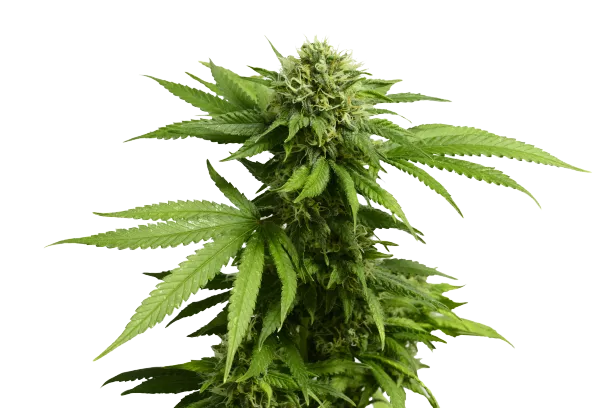
What is CBD Used for?
CBD has many uses, not all of which have been studied rigorously in a clinical environment. However, CBD studies are becoming more common, and the anecdotal evidence supporting its benefits is undeniable.
Here are a few of the most popular ways people use CBD.
Pain Relief
The most popular use for CBD is pain relief from chronic conditions like arthritis and gout. Some studies suggest that CBD has anti-inflammatory properties, making it effective at managing arthritis-related pain, chronic back pain, and muscle pain [2, 3].
Other studies indicate that CBD may be useful for treating nerve pain associated with conditions like multiple sclerosis [4].
Managing Anxiety & Depression
Another everyday use for CBD is anxiety management. Many CBD users say it helps them stay calm during activities that usually trigger their anxiety, like social meetings and public speaking. Clinical research supports these claims, with one study showing that CBD has the potential to replace conventional treatments for anxiety and depression [5].
Insomnia
There is relatively little research covering using CBD to treat insomnia, but user reports indicate that many people use it at night to help them relax and unwind before bed. Research into CBD’s use as a sleep aid could have important implications for people with sleep disorders and offer a safer alternative to problematic prescription sleep aids [6].

What’s the Dose of CBD?
A standard CBD dose can be between 20 mg and 40 mg, depending on your weight, age, and metabolism.
It’s impossible to calculate your ideal CBD dose beforehand, so experienced users recommend that beginners start with low doses and increase slowly until they find what works best for them.
Most CBD users say they started with tiny doses of 5 mg or 10 mg and increased it slowly over several weeks before zeroing in on their optimal amount.
What Are the Side Effects of CBD?
Most people report little or no side effects from using CBD, although some users may experience mild side effects like constipation, tiredness, diarrhea, and weight changes.
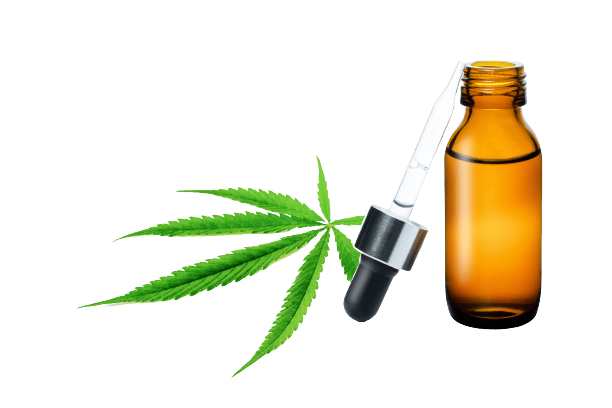
What is Kratom?
Kratom (Mitragyna speciosa) is a Southeast Asian herb related to the coffee family. Its leaves have been used for centuries in traditional Indonesian and Thai medicine to relieve pain, reduce anxiety, and help people relax.
What’s Kratom Used for?
Kratom has an impressive array of uses that vary depending on your chosen strain.
Red strains are commonly used for pain relief or managing anxiety, and some users use them to improve sleep quality. They’re intensely relaxing and best used at night.
White strains are favored for morning use, and many white kratom users replace their morning coffee with a dose of their favorite white strain. These strains are commonly used to boost productivity, enhance focus, and treat depression.
Green strains are sometimes used for energy and relaxation; their effects change dramatically with how much you take.

What’s the Dose of Kratom?
Dosing kratom is a bit trickier than dosing CBD. Low doses of kratom from 1–3 grams are much more stimulating, regardless of what color strain you’re taking.
Moderate doses in the 3–5 gram range are more relaxing and generally the best for anxiety relief and overall relaxation.
High doses from 6–10 grams are intensely sedating and are the most common for treating pain and insomnia.
Related: How Long Does Kratom Stay in the System?
What Are the Side Effects of Kratom?
The most common side effects of kratom are mental fog, confusion, dizziness, nausea, diarrhea, constipation, and lethargy. Side effects are significantly more common in higher doses.
Kratom is addicting, so experts recommend limiting your weekly intake to avoid developing a dependence.
What Are the Different Types of Kratom?
The most common way to categorize kratom is to look at the color of the leaf veins. You can find kratom with bright red, white, or green veins.
- White Vein Kratom is the most energizing strain, giving users a cognitive boost and helping them concentrate.
- Red Vein Kratom is exceptionally relaxing and often reduces pain, manages anxiety, and combats insomnia.
- Green Vein Kratom is a balanced strain, offering users a blend of stimulation and sedation that changes based on dosing.
- Yellow Vein Kratom is different from the other strains discussed. It is made by fermenting green vein kratom, altering its chemical composition and making it slightly smoother and more relaxing.

Key Takeaways: Is it Safe to Mix Kratom & CBD?
Mixing kratom and CBD should not cause any side effects, as long as you don’t make a habit of taking them together. Kratom and CBD are both metabolized by the same enzyme, which can lead to unsafe accumulation if you don’t give your body enough time to purge them from your system between uses. The combination is especially dangerous if you consume alcohol, as this can suppress the central nervous system.
The safest way to avoid complications is to talk to your doctor and avoid taking them together, especially for long periods.
- Kamble, S. H., Sharma, A., King, T. I., León, F., McCurdy, C. R., & Avery, B. A. (2019). Metabolite profiling and identification of enzymes responsible for the metabolism of mitragynine, the principal alkaloid of Mitragyna speciosa (kratom). Xenobiotica; the fate of foreign compounds in biological systems, 49(11), 1279–1288.
- Darkovska-Serafimovska, M., Serafimovska, T., Arsova-Sarafinovska, Z., Stefanoski, S., Keskovski, Z., & Balkanov, T. (2018). Pharmacotherapeutic considerations for use of cannabinoids to relieve pain in patients with malignant diseases. Journal of pain research, 11, 837–842.
- Eskander, J. P., Spall, J., Spall, A., Shah, R. V., & Kaye, A. D. (2020). Cannabidiol (CBD) as a treatment of acute and chronic back pain: A case series and literature review. Journal of opioid management, 16(3), 215–218.
- Russo, M., Calabrò, R. S., Naro, A., Sessa, E., Rifici, C., D’Aleo, G., Leo, A., De Luca, R., Quartarone, A., & Bramanti, P. (2015). Sativex in the management of multiple sclerosis-related spasticity: role of the corticospinal modulation. Neural plasticity, 2015, 656582.
- García-Gutiérrez, M. S., Navarrete, F., Gasparyan, A., Austrich-Olivares, A., Sala, F., & Manzanares, J. (2020). Cannabidiol: A Potential New Alternative for the Treatment of Anxiety, Depression, and Psychotic Disorders. Biomolecules, 10(11), 1575.
- Babson, K. A., Sottile, J., & Morabito, D. (2017). Cannabis, cannabinoids, and sleep: a review of the literature. Current psychiatry reports, 19(4), 1-12.


